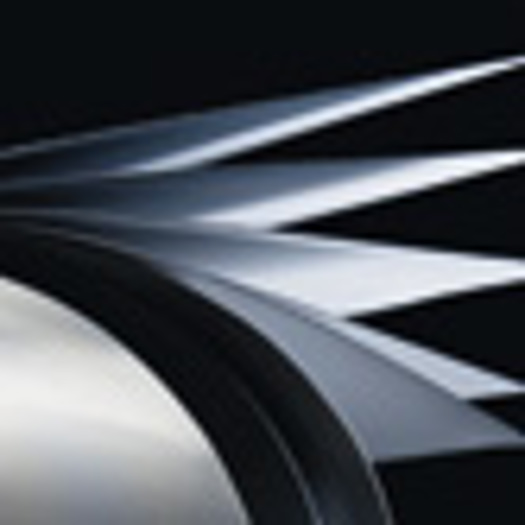With the environment at the forefront of many people's minds, even in a recession, it will come as no surprise that manufacturers of plates and platesetting equipment are continuing to strive for green excellence. Processless or chemistry-free plate production is the current focus as printers strive to reduce the use of chemicals and reduce costs.
"We are seeing a growth in the popularity of processless platemaking, which saves on space, time and chemistry," confirms Bui Burke, Screen UK sales manager.
Being greener may be high on the agenda, but there are other issues to bear in mind as well. Automation in the pre-press department is key and is being addressed as printers migrate, albeit slowly, from low-productivity manual devices to fully automated machines with the same base unit. "Affordable pricing levels are leading more companies to add automation to their CTP systems which increases efficiency," says Burke.
Uptick imminent
The platesetters market has endured tough trading conditions over the past couple of years, as has the industry in general, but Agfa systems specialist John Wood reckons that this year might be different. "We are hoping that Ipex will give us a lift. Over the past two years printers have put off making an investment - hopefully Ipex will prove to be a turning point," he says.
Although the industry is going through a challenging period, it is actually a very good time to invest in and upgrade CTP equipment, believes Screen's Burke. "Faster output speeds are available at keener prices, so companies can upgrade at competitive rates and enjoy the benefits of being able to produce more plates for today's shorter run lengths."
Both Screen and Agfa are due to launch new platesetters later this month and in November last year, Kodak equipped its Magnus 800 with an Automated Pallet Loader, enabling up to 600 plates to be loaded automatically.
According to Agfa's Wood, as the year progresses more printers will be looking to make an investment in new inkjet devices as well as CTP. "It's better to be ahead of the game rather than behind it," he says.
When buying a platesetter, it's important to bear in mind your work mix. With a vast amount of varying digital plate and processing methods available, it's also worth ensuring that your workflow, plate and imaging system work well together so that you can get the best out of them.
WHAT'S NEW IN Platesetters: 2-up, 4-up & 8-up
? Earlier this month, Qwikprint switched from a Presstek polyester CTP system to a Heidelberg Suprasetter A52, to reduce its chemical waste. The Bootle-based printer will output around 150 Fuji Pro-T plates a month on the new machine
? Last month, commercial printer Rufford Printing brought its platemaking in-house after installing a Presstek Vector chemistry-free CTP system
? Wright Printing Services is hoping to update its reprographics department with a new CTP device in the first quarter of 2010. It’s aiming to install new equipment over the next three years after receiving the initial part of a £500,000 injection from the South Yorkshire Investment Fund
? The vice-presidents of ECRM’s engineering division and its polyester CTP division, Mike Zembko and Torben Rysgaard retired in October. Zembko is replaced by his deputy Dave Connor, while Rysgaard’s replacement is ECRM’s vice-president of sales and marketing Doug Barr










